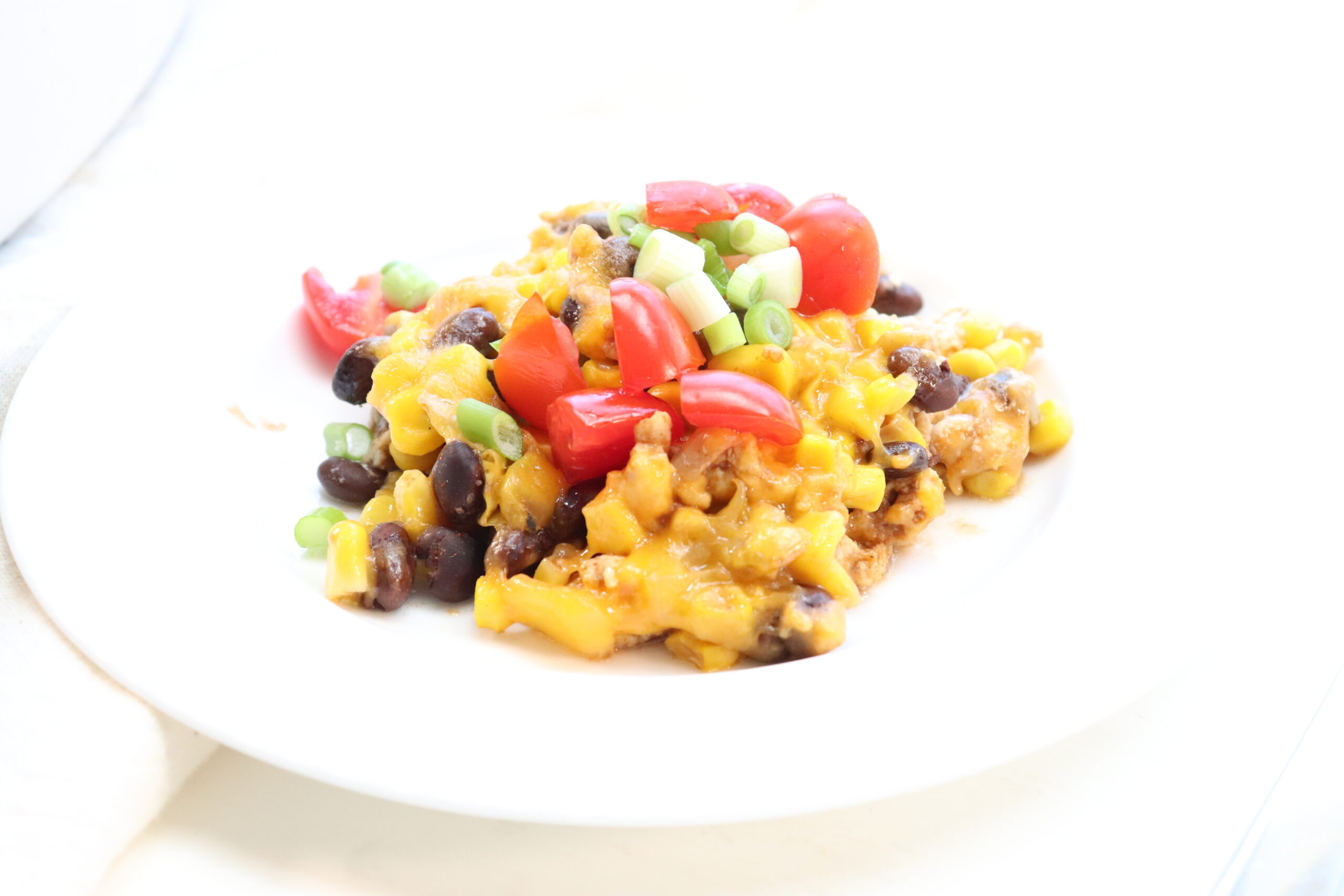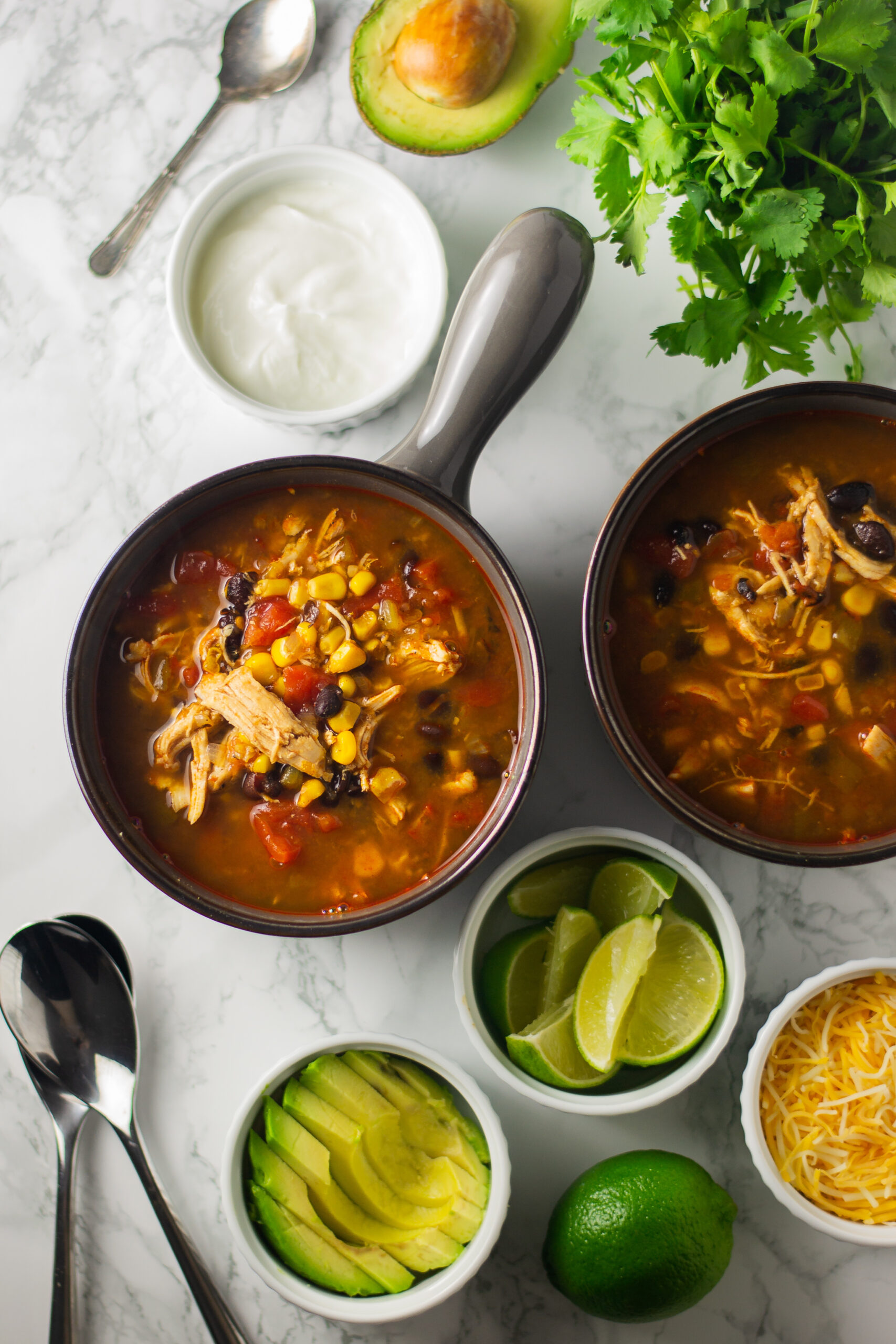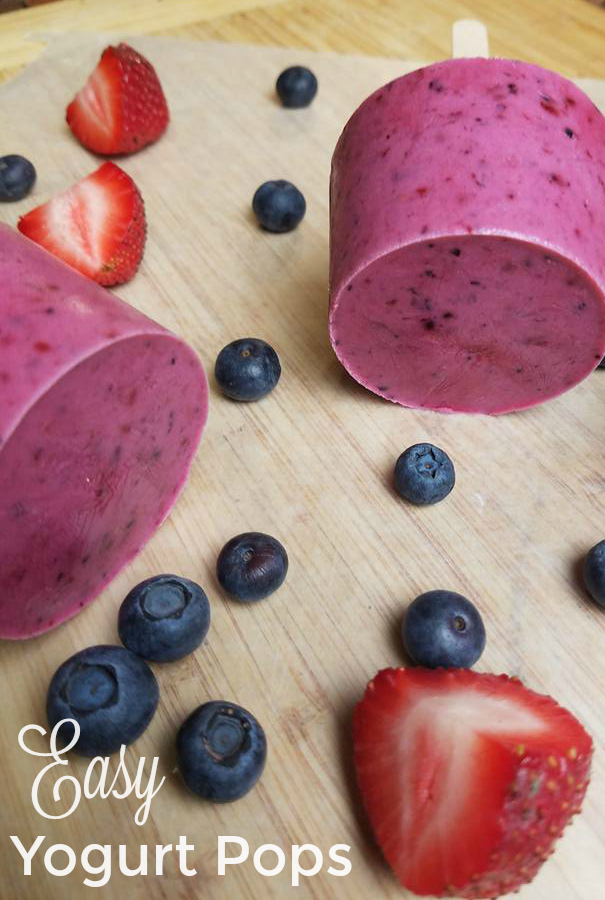If you want to dip your toes into the water of veganism but you don’t know if it will be an uphill struggle, it can be difficult to motivate yourself to get started in the first place.
With the help of these handy tips, you’ll see that it’s actually more than doable, so stick around and we’ll bring you up to speed with the simplest ways to go plant-based.
Understanding the Basics of a Vegan Diet
When you decide to become vegan, it’s important to understand what it entails. Essentially, this diet excludes all animal-derived products, including meat, dairy and even honey. But don’t let this intimidate you!
There are plenty of nutritious plant-based alternatives that deliver tasteful meals rich in proteins and other essential nutrients. Fully understanding your new dietary restrictions is the key first step on your journey towards successful veganism.
Using a Vegan Meal Delivery Service
Transitioning into veganism can sometimes feel overwhelming. However, using a vegan meal delivery service makes it easier to get to grips with what adhering to a plant-based diet can look like when done right.
These services offer delicious vegan meals straight to your doorstep, eliminating the stress of meal planning and grocery shopping. They provide balanced nutrients according to vegan dietary requirements, ensuring you get all the necessary vitamins and proteins each day.
Opting for such a service helps streamline your transition process effectively while also familiarizing you with varied vegan dishes.
Exploring Diverse Plant-Based Protein Sources
Protein tends to be a common concern when shifting to a vegan diet. You might wonder where your protein will come from without animal-derived products. Fortunately, there is an abundance of plant-based sources rich in proteins:
- Quinoa: This grain is not only packed with protein but also contains all nine essential amino acids, and can be enjoyed in healthy recipes.
- Chickpeas and lentils: These legumes offer substantial amounts of protein per serving and can easily be included in various dishes.
- Tofu and tempeh: Made from soybeans, both are versatile and high in proteins.
- Almonds and other nuts/seeds: Besides being good sources of healthy fats, they provide ample proteins as well.
Dining Out as a Vegan
Eating out can pose unique challenges for those following a vegan diet. However, with some planning and awareness, you can enjoy culinary experiences while adhering to your dietary restrictions. Here are some handy tips:
- Do your research: Before heading to a restaurant, check their menu online for any vegan-friendly options.
- Ask the staff: Don’t hesitate to ask about ingredients or whether they could modify dishes on the menu.
- Look out for vegetarian meals that might be easily ‘veganized’: Typically this involves removing cheese or other dairy products from them.
Also keep in mind that it is absolutely okay to inquire and speak up about your food preferences, as restaurants are often more than willing to accommodate.
Mastering the Art of Reading Labels
As you embrace veganism, reading and understanding food labels become indispensable. This helps ensure that what you’re eating is indeed vegan-friendly. Here are some key points to keep in mind:
- Look for a ‘vegan’ stamp: Many companies now label their products as vegan-friendly.
- Beware of hidden animal derivatives: Various substances like gelatin, casein, whey, and certain E-numbers are derived from animals.
- Understand words: Words like ‘natural flavors’ can sometimes be code for non-vegan ingredients.
It’s not just about avoiding meat and dairy, as other products like honey and some kinds of red dye (made from insects) also don’t fit the vegan bill. The more you familiarize yourself with product packaging, the less of a hassle this will become.
The Bottom Line
The last thing worth discussing with aspiring vegans is that you need to be lenient with yourself in the early stages. We all make mistakes, so don’t let minor slip-ups with your diet spell the end of the whole experiment.











Leave a Reply